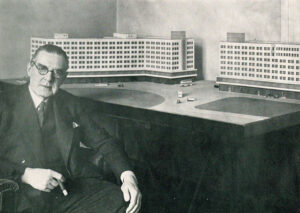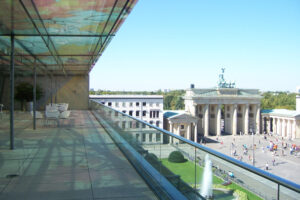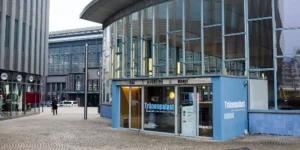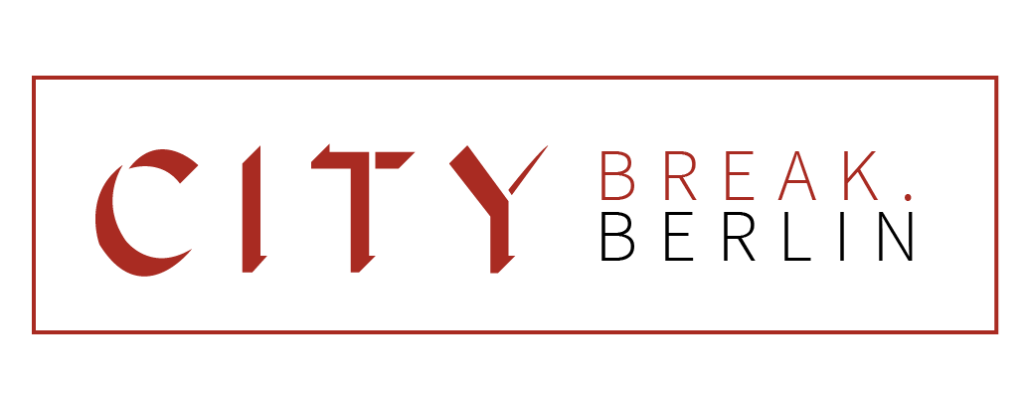When you visit a new city, you probably want to see things that actually still exist, right?
Yet Berlin, so deeply torn apart by history, is as much a city of ghosts as a city of existing structures. You can really get a sense of what the old city used to be like, and how its changed into its current form, by visiting the sites of some of the Weimar Era’s most important locations. I often find visiting these places at dusk or early on a foggy morning to be especially atmospheric.
A top tip before you go. Look up these places online and save an old photograph or two, so you can compare.
Berlin’s Weimar Era (1919–1933), the roaring 20s, was a time of cultural flourish and social dynamism, with numerous establishments becoming iconic landmarks. It was a time of action and reaction, of political dreams and political nightmares, of financial boom and crushing financial crash. It’s an era that still resonates with us today, ultimately setting the stage for both Nazism and after 1945, Communism. It was a time when people were said to be «dancing on the volcano,» a phrase that still has ominous relevance to us today. As usual, Berlin doesn’t disappoint in being relevant.
Let’s explore five well known locations from that tumultuous ear, places known to every Berliner. Mokka Efti, Café Kranzler, the Berlin Police Presidium, the Hotel Kaiserhof, and the Anhalter Bahnhof.

Mokka Efti
The Mokka Efti was a renowned café and dance hall that epitomized Berlin’s vibrant nightlife during the Weimar Republic. Established by the Greek entrepreneur Giovanni Eftimiades, it became a hotspot for artists, intellectuals, and pleasure-seekers. The venue was famed for its exotic décor and lively atmosphere, offering patrons a blend of music, dance, and culinary delights. When you think of the famous nightclubs of the 1920s and early 30s, with the bright lights, the latest innovations in entertainment all with a slightly risqué edge, the Mokka Efti is probably what you have in mind. If any place in Berlin can be said to epitomize the Weimar era of novelty and decadence, it was here.
The original Mokka Efti was located at Friedrichstrasse 120, in the heart of Berlin. The original building no longer exists, having been badly damaged in the war and the site cleared by the communist authorities after 1945. Today, the site houses modern commercial establishments, a rather soulless place, where life was once lived at the edge. Yet, I find there is still poetry in that.
In the area, within a few minutes’ walk, you can visit the site of Checkpoint Charlie and the Third Reich’s Air Ministry, which still exists and is now the tax office.
Café Kranzler
Café Kranzler opened its doors in 1834 and became one of Berlin’s most prestigious coffeehouses. During the Weimar Era, it was a favored meeting place for writers, artists, and politicians. Its elegant ambiance and prime location made it a symbol of Berlin’s café culture. If you are a fan of any one of the Berlin detective novels (Babylon Berlin, a mini series based on a series of crime novels by Volker Kutscher spring to mind), then you’ve heard of this café. Inevitable, at least once per book, one of the characters stop in to meet an informant or an acquittance for a quick cake and some caffeine. It was a Berlin institution, easily one of the best-known coffee houses in the city.
The café was located at Unter den Linden 25 and was destroyed during World War II. In the post-war period, a new Café Kranzler was established at Kurfürstendamm 18/19, which still operates today, albeit with modern renovations. Today an undistinguished looking modern building occupies the site. Across the street however, the 1930s era House of Switzerland still stands.
Berlin Police Presidium
The Berlin Police Presidium, known as the Polizeipräsidium, was the central headquarters of the city’s police force. During the Weimar Republic, it played a crucial role in maintaining public order amidst political upheavals and was a focal point during events like the Spartacist uprising. Given the crime rate, especially the violence and upheavals caused by the street fights between the government, the rising Nazi party, and the Communist party, this location was always busy.
Fans of Berlin detective stories will want to make a beeline here, as this is where their literary heroes, and real-life counterparts, worked. You’ll notice the S-Bahn train still rumbles by the site of the old headquarters, just as it did back in the day, when the detectives complained about the noise.
The presidium was located at Alexanderplatz 1. The original building was heavily damaged during World War II and the DDR tore it down in 1950, regarding it a symbol of Prussian power. Today, the site is occupied by the Alexa shopping mall. The structure is a bit of an inside joke, in a way. The old police building was nicknamed «The Alex» or «The Red Fortress» due to its imposing architecture. Today, the modern shopping center pays a sort of homage to that memory; its red, it looks forbidding, and it’s called the Alexa. Berlin humour and Berlin memory wrapped up into one package!
Hotel Kaiserhof
Opened in 1875, the Hotel Kaiserhof was Berlin’s first luxury hotel, offering state-of-the-art amenities. It hosted numerous dignitaries and was a hub for political gatherings. Notably, Adolf Hitler and other Nazi officials used the hotel as a meeting place during their rise to power.
The hotel stood at Wilhelmplatz 3–5, directly opposite and to the right from the Reich Chancellery. The square in front of the old hotel was built over during the days of the DDR, the East German state, in order to bury the memory of the old regime. The square you see today is much smaller than the original. The hotel itself was severely damaged during Allied bombings in 1943 and later demolished.
The site eventually became part of East Berlin, and in 1974, the North Korean embassy to East Germany was constructed there. After German reunification, the embassy continues to operate. It’s a grim looking place but oddly fascinating for all that; from the pinnacle of luxury, to Nazi party home base to a desolate looking communist embassy. Truly a Berlin site. On the opposite side of the square, part of Goebbel’s Ministry of Propaganda still stands.
Anhalter Bahnhof
Anhalter Bahnhof was one of Berlin’s most important railway stations, inaugurated in 1880. It served as a major gateway for travelers, and in the Weimar and Nazi eras, it was Europe’s busiest train station, a true hub of power and commerce if there ever was one. The building’s imposing architecture made it stand out as a monument in its own right, surrounded by luxury hotels (all long vanished) and all the infrastructure of a modern city on the move.
The station was located at Askanischer Platz where its meager ruins still stand. The station was heavily damaged during World War II and its tracks cut off by the Wall in 1961. Today, only a small portion of its façade remains, standing as a poignant ruin and historical monument. The air raid bunker for the train station is still accessible above ground, off to the side of the long-gone platforms. The exhibitions inside are well worth visiting. It can be found at this website www.berlinstory.de
Enjoy your travels around a Berlin which has vanished and remember that in this city, what can’t be seen anymore is still worth visiting. These places are no longer visible but their unquiet ghosts still rattle around in the city’s subconscious, warning us of the dangers and consequences of radical thought and rapid change.





